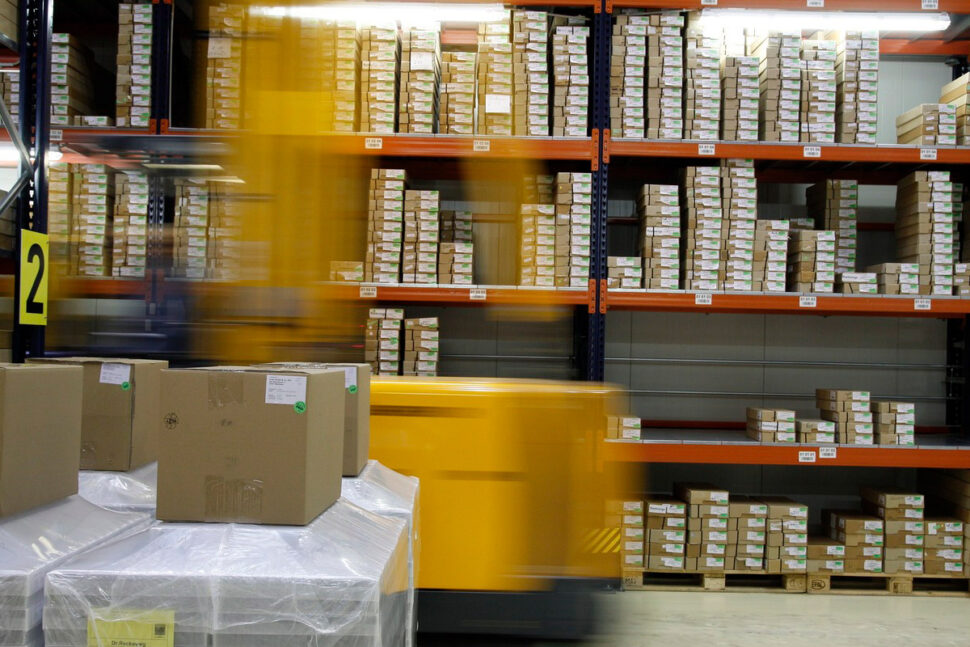How Warehouse Temperature Control Systems Work? A Deep Dive
Warehouse management has come a long way, transitioning from merely stock-keeping spaces to intricate systems requiring optimal temperature control. In locales such as a 3pl warehouse in Miami, where external temperatures can fluctuate considerably, maintaining a consistent internal temperature is paramount.

Understanding the Need for Temperature Control
Before delving into the intricacies, it’s crucial to comprehend why temperature control is essential. In regions like Miami, the external environment can range from sweltering heat to sudden cold fronts. For a 3pl warehouse in Miami, temperature fluctuations can jeopardize the integrity of products, especially perishable ones. Hence, a comprehensive temperature control system is indispensable.
Core Components of Temperature Control Systems
- HVAC Systems: Standing for Heating, Ventilation, and Air Conditioning, these are the backbone of temperature regulation. They circulate conditioned air throughout the warehouse, ensuring uniformity in temperature.
- Insulation: An often underappreciated aspect, proper insulation, whether in the form of walls, roofs, or flooring, minimizes energy loss. In locations like a 3pl warehouse in Miami, insulation prevents the external heat or cold from affecting the internal ambiance.
- Cooling Units: Predominantly used in cold storage sections, these units maintain temperatures below ambient levels, ensuring products like dairy, meat, and certain pharmaceuticals remain in pristine condition.
- Humidifiers and Dehumidifiers: Beyond temperature, humidity levels need meticulous control. These devices maintain optimal moisture levels, ensuring goods aren’t damaged by excessive dryness or moisture.
The Role of Automation and Monitoring Warehouse
Advanced warehouses, especially those like a 3pl warehouse in Miami, often leverage cutting-edge technology to automate temperature control.
- Sensors: Scattered across the warehouse, these track temperature and humidity levels in real-time, relaying information to centralized systems.
- Remote Monitoring: Today’s managers don’t need to be on-site. With remote monitoring tools, they can oversee temperature parameters from virtually anywhere, intervening when necessary.
- Automated Adjustments: Integrated systems can automatically adjust temperature settings based on real-time data, ensuring consistent conditions round the clock.
Ensuring Energy Efficiency
The operation of temperature control systems isn’t without its costs. However, modern warehouses focus on maximizing energy efficiency.
- High-Efficiency Systems: These consume lesser energy compared to traditional counterparts, translating to notable cost savings in the long run.
- Automated Control Systems: By adjusting settings based on internal and external conditions, these systems optimize energy consumption.
Safety: A Priority
Safety isn’t negotiable. Effective temperature control also involves measures to ensure safe operations.
- Fire Suppression Systems: Especially in cold storage, traditional water sprinklers may not suffice. Alternatives ensure fires are doused without causing damage.
- Regular Maintenance: Beyond ensuring optimal operation, routine check-ups prevent potential hazards.
- Emergency Provisions: Systems are in place to maintain temperature even during power outages, ensuring products remain uncompromised.
To wrap up
Warehouse temperature control systems are intricate frameworks, ensuring that products retain their quality and integrity. As supply chains become more sophisticated, especially in hubs like a 3pl warehouse in Miami, the need for advanced temperature control systems becomes even more pronounced. The fusion of technology, safety measures, and energy-efficient practices ensures that modern warehouses can meet the most demanding temperature requirements with finesse.
Sources:
- [1] Smith, J. (2022). Modern Warehouse Management. Global Logistics Press.
- [2] Rodriguez, L. (2021). Temperature Control in Tropical Warehouses. Journal of Warehouse Management, 12(3), 45-60.
- [3] Ahmed, F. & Lee, S. (2023). HVAC Systems in Industrial Settings. Industrial Technology Review, 19(1), 5-20.
Recent Posts
Watch our Podcast

THE ULTIMATE GUIDE TO FREIGHT SHIPPING THROUGH FLORIDA PORTS
When it comes to ocean freight shipping in Florida, there is a lot to know to ensure you follow the appropriate steps when shipping into and out of Florida Ports.
Just enter in your email address and receive your FREE E-Book in minutes!